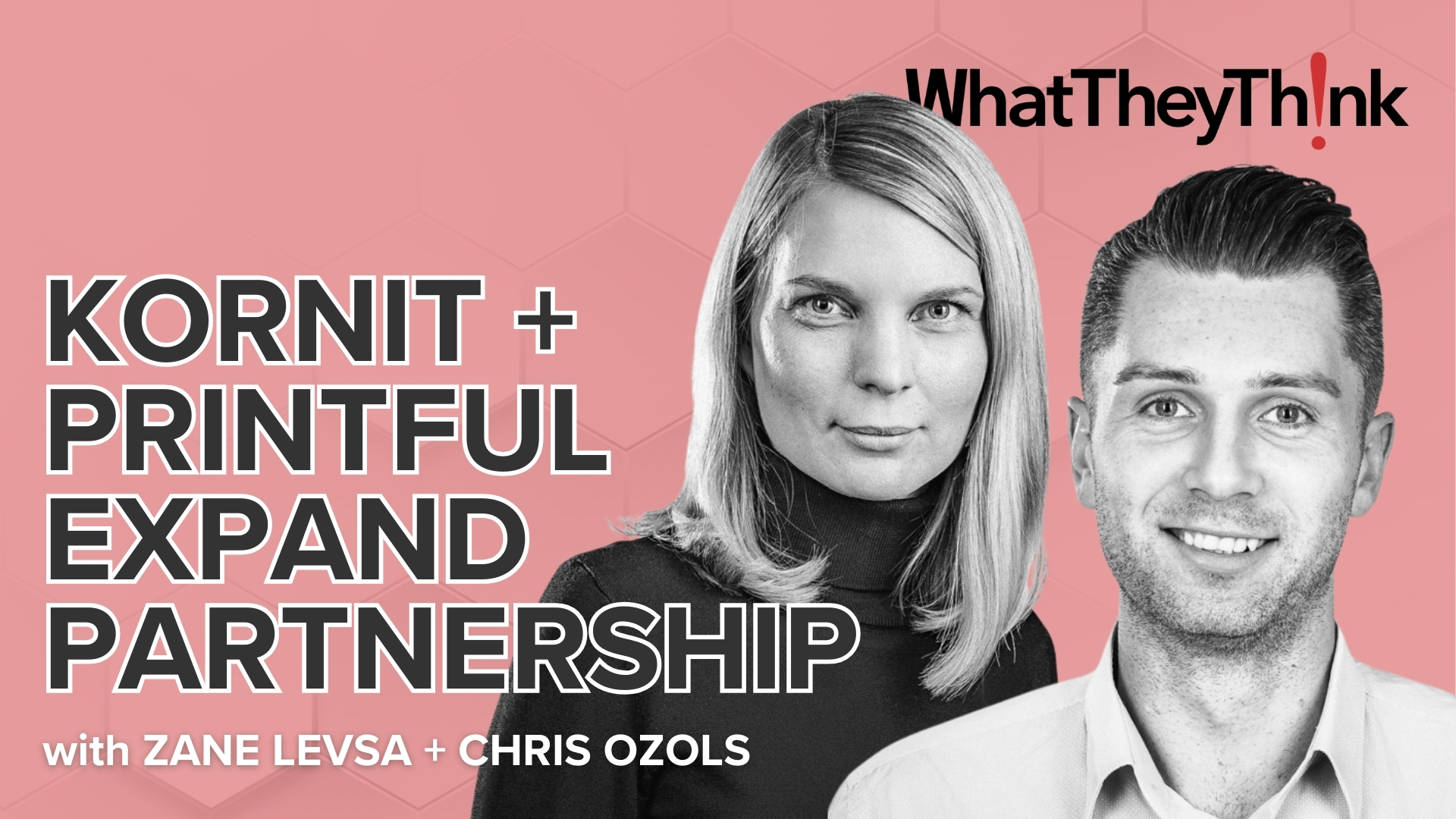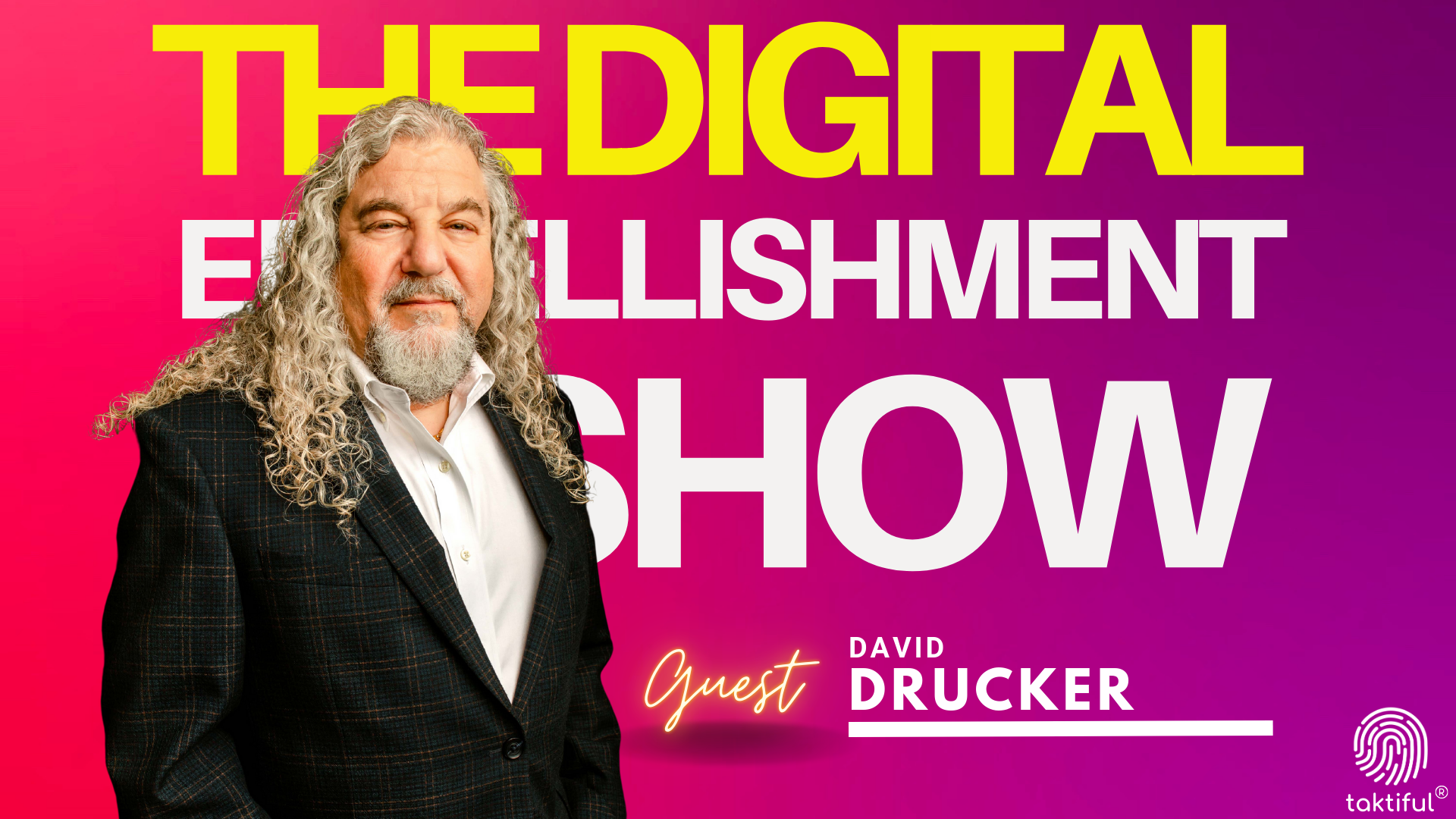When we buy this technology, partner with this technology company, implement this technology, deploy this technology – then everything will change. Revenues will increase, costs will decrease, and shareholder value will skyrocket.
I wish.
Technology is not THE answer. I guess I’m paraphrasing Nicholas G. Carr who wrote the now famous Harvard Business Review article titled IT Doesn’t Matter back in May 2003.
Within the context of the print industry, technology isn’t the answer either. Technology is a potential component of the answer. It’s almost as if technology has risen to the level of religion, unlimited potential based on faith.
Again and again I hear the words, “we just need to buy technology that can enable us to sell this online and then poof we’ll go from $X to $XX,XXX,XXX overnight. Or a less dramatic example, if we had a management information system (MIS) we could control waste, manage labor, and cut our costs. Do you see how these statements are making technology the answer?
Yes, technology can make an impact, but the real difference is always about the strategy and people using the technology, not the technology itself. I’ve witnessed different print organizations buy the exact same product, from the exact same vendor, target the exact same market, and get wildly different results.
What’s the difference?
The three most common differences I see between the successful companies and the not so successful companies are:
1) Strategy
2) Focus
3) Execution
Strategy
Some organizations confuse technology as the strategy. “Our vision is to buy this technology.” Oops, that’s not strategy, that’s a procurement task. Other organizations believe that shopping is a key part of building their strategy, translation – let’s talk to all the potential vendors and then see if they have something we can use? Oops, that’s not strategy, that’s a waste of time.
Vendors are doing their job, when they listen to your needs and figure out how their product fits your needs. If you go into a vendor meeting looking for a strategy, one will be created for you. Guess what? If the vendor is any good, it will match their product perfectly (not exactly where you want your business strategy to be driven from).
Business strategy comes from intimate, accurate and timely empirical information about your business, your market, your available resources, and your customers. Then and only then do you go looking for technology that can support your vision.
I never recommend sitting through a generic technology sales demonstration; you don’t want to know what the supplier wants you to see; you want to see what is relevant to your documented strategy. For example, if your web to print strategy is to launch a new B2C site that targets your local SMB market, then in order to evaluate vendors based on your strategic objectives you have to share those objectives with the vendors before the demo.
For a B2C site servicing the SMB market, the vendor would have to support (at a minimum), anonymous shopping, secure credit card as a payment method, accurate shipping and tax calculations, and have a gallery of designs for the different SMB vertical markets in your area. Strategy drives, technology is the passenger.
Focus
There are so many things we could do. There are a lot of good ideas. Doing less is a differentiator. Steve Jobs showed us that. In his biography, they talked about how he pushed his organization for new, innovative ideas and then ruthlessly decided they could only do three of them. I have seen organizations “focusing” on hundreds of things at once. Using the words “focus” and “hundreds” creates a powerful contrast.
The decisions about what not to do are more important than what you choose to do. It’s actually easier to say you’re going to do something than to consciously say you’re not going to do it. I used to think being comprehensive and thorough were really important (do as many things as possible). Now I understand that focus is what’s really important.
Execution
So you’ve created a strategy, you’ve decided what to focus on, now it’s about people and process. There are two people I find helpful when thinking about execution. One is Jim Collins. His research, his examples, and his books are brilliant. I’m reading Great By Choice right now. He gives examples of paired companies operating in the same environment, under chaotic market conditions, where one company was wildly successful and the other failed. My takeaway from Collins on execution is the idea of a ruthless pursuit of a well understood goal; this was one of the differentiators between the winners and the losers. Gordon Moore at Intel pushed his organization to innovate on a targeted timeframe. Moore’s Law sounds like something that was created based on historical observation, in reality it was based on the Intel leader setting a goal and his people and processes executing on it. Does your company have a clearly understood goal that everyone is marching towards?
David Allen is the other person I find extremely helpful when it comes to the area of execution. His brilliant book, Getting Things Done changed the way I work. His thinking around projects contributes greatly to the topic of execution. Allen believes that you have to think about projects first from the standpoint of “outcomes” This helps us execute. I don’t know how many times I’ve been a part of a project where I’ve asked the question “why are we doing this?” midstream and got a lot of confused responses.
What’s our desired outcome? What would wild success feel like? Describe it. Write it down. Before you start assigning tasks, rounding up resources, making plans, getting budget dollars – define the outcome. There is such power in this thinking, especially if you do it as a team, because once you define an outcome – you all have the same vision of what success means. What could be more important as it pertains to execution?
Technology absolutely plays a part in almost everything we do in our businesses today. Don’t get blinded by the newest toy, business is more about strategy, people and processes than it is about technology.




